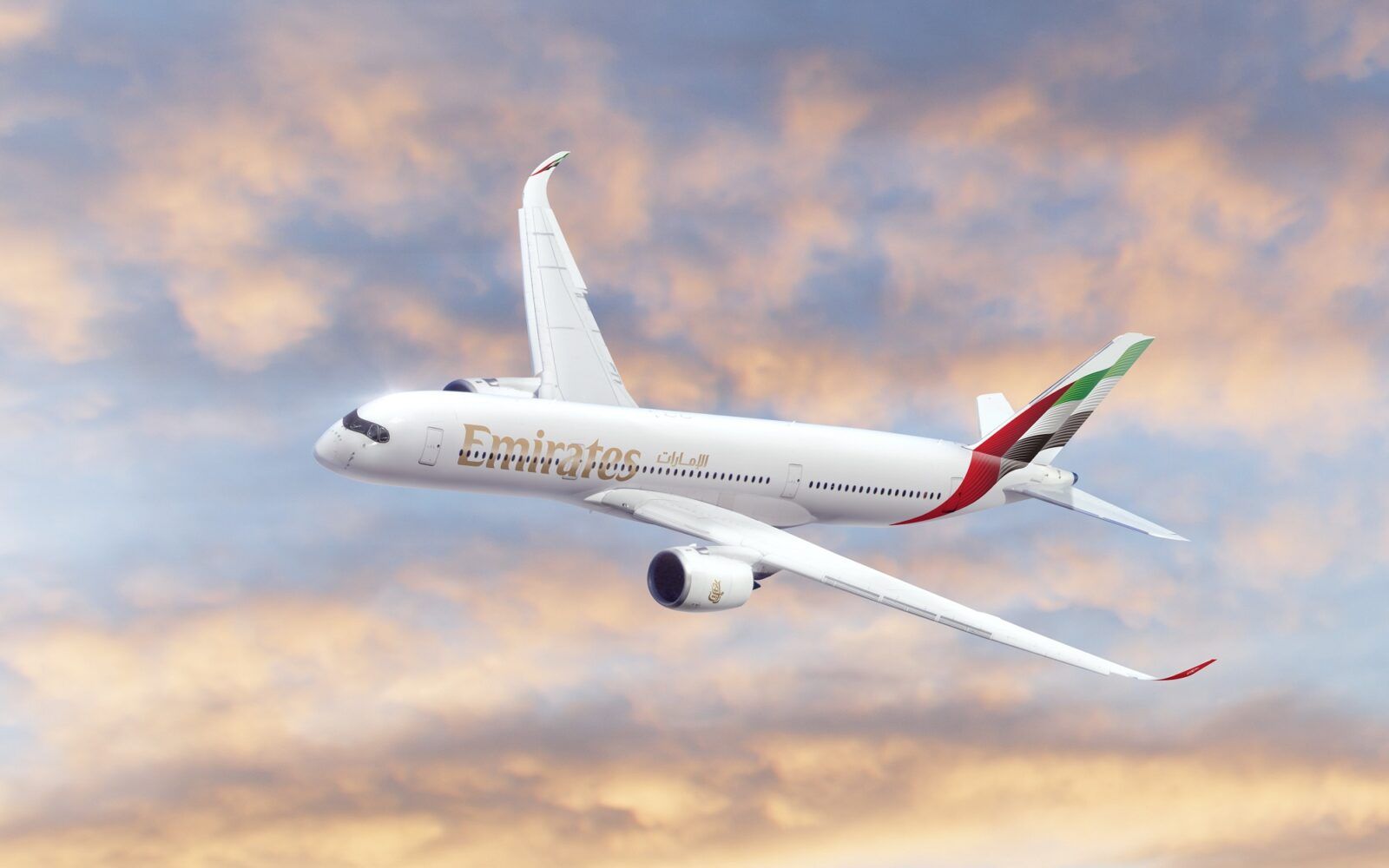In the face of continued growth of Turkish Airlines and competition from other Gulf airlines such as Etihad and Qatar, Emirates is not shying away from the challenge and has launched a fourth daily flight between Dubai and London Gatwick starting on 8 February, 2026. The new service will also be the last flight of the day to leave between both cities.
Flight EK69 will depart Dubai at 1705, arriving into Gatwick at 2050 the same evening. The return service EK70 will leave Gatwick at 2355, touching down in Dubai at 1100 the following day. Gatwick will also become the second UK destination to receive Emirates’ new A350 aircraft, after Edinburgh.
The A350 does not feature first class – which is still exceptionally good – but does have 32 lie-flat business class seats in a 1-2-1 layout, 28 premium economy seats, and 238 economy seats. Emirates was late to the premium economy game but, true to form, it’s offering is among the best in the market. Upgraded cabin features include wireless charging and electric window blinds in business class, and digital menus on the ice inflight entertainment system.

The additional service brings Emirates’ total number of daily London flights up to 12, including London Heathrow and London Stansted, and 140 weekly across the UK. Notably many of the passengers are taking trips to Dubai, which has cemented a position as a favourite holiday destination from the UK, with guaranteed sunshine, an endless list of excellent hotels and top class attractions from theme parks to desert safaris to the more unexpected such as a thriving art gallery scene. But equally many of the passengers are taking Emirates due to the scale of connections, often to more obscure cities in the subcontinent or hard to reach destinations in Africa, all with the reassurance that Dubai is an easy airport to make connections.
But it does beg the question as to where all the passengers coming from with the continual increase in capacity, and the answer was given recently in an analyst presentation to IAG (the owner of BA) – that there has been a structural shift in spending on travel. Put simply, we are spending a greater portion of our disposal income on travelling the world and going on holiday. And that is fundamentally a great thing – the world is an interesting and still diverse place, and more of us want to spend more of our money and time (ultimately the most important currency) on exploring it.
Related post: Qatar Airways increases flights to London to ten times daily

